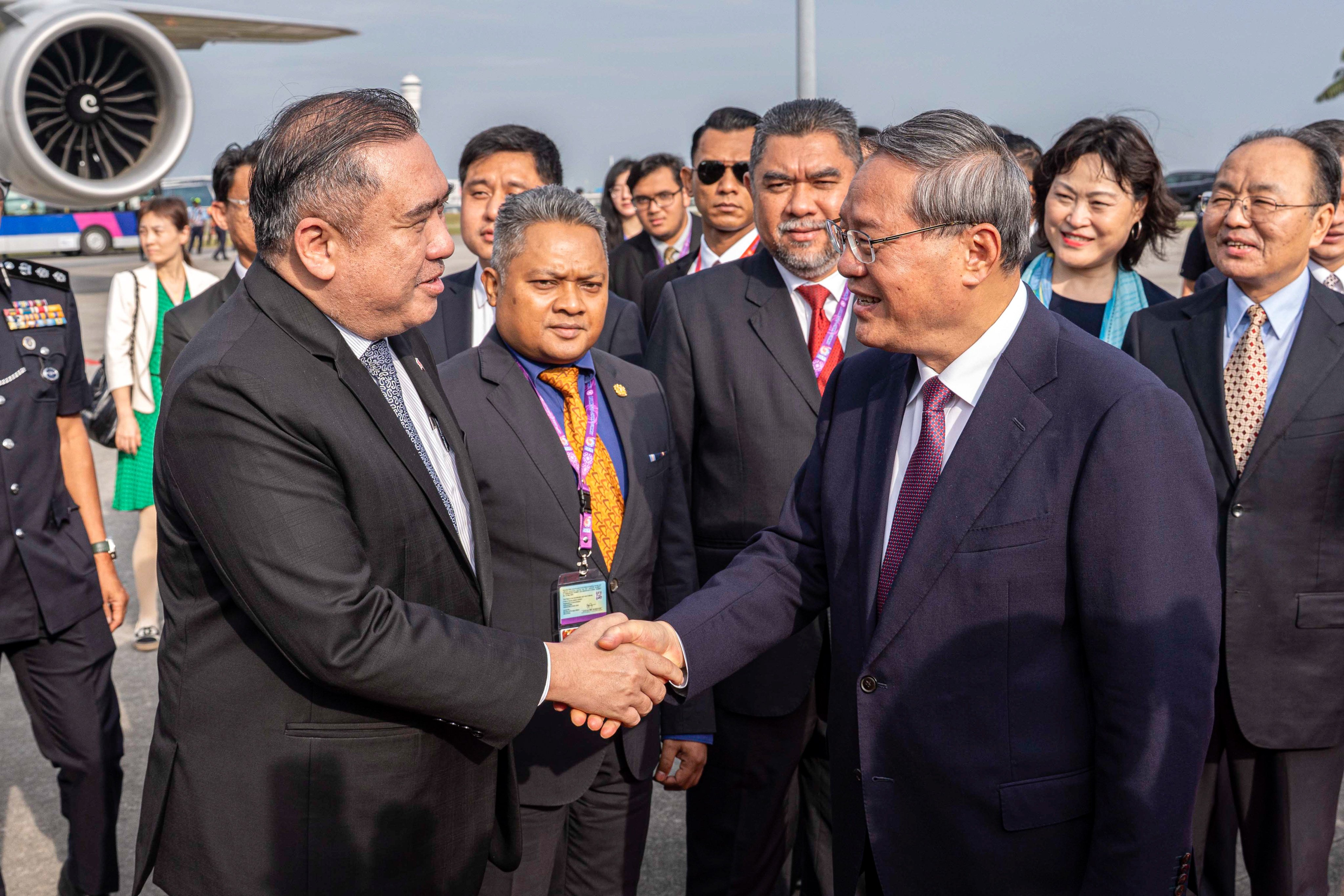Malaysian airlines interested in China’s C919 jet, transport minister says
Anthony Loke says AirAsia and Air Borneo among airlines showing interest in aircraft made by Commercial Aircraft Corporation of China

Growing air travel in Southeast Asia and backlogs in Airbus and Boeing deliveries are driving regional interest in China’s C919 passenger jet, according to Malaysian Transport Minister Anthony Loke.
China is promoting aircraft made by Shanghai-based Commercial Aircraft Corporation of China (Comac) – including the C919, the country’s first home-grown narrowbody airliner – as cheaper alternatives to aircraft manufactured by Airbus and Boeing.
Loke told the Post recently that Malaysian budget carrier AirAsia and a new airline, Air Borneo, were among the airlines to have shown interest in the Comac aircraft.
All airlines were looking to diversify their procurement of aircraft and were seeking faster delivery and cheaper options, Loke said.
“There is currently a long wait for aircraft delivery from Boeing and Airbus,” he said. “For sure, Comac is one of the aircraft manufacturers looked at by airlines.
“AirAsia is interested … to look at them but nothing is confirmed. I am not privy to commercial negotiations.”
Loke said Air Borneo, a new airline from the Malaysian state of Sarawak that is scheduled to begin operations by the end of this year, had also expressed interest.
A joint Malaysia-China statement issued at the end of President Xi Jinping’s visit to Malaysia in April said the two sides would “support Malaysian airlines in introducing and operating Chinese commercial aircraft”.
Zachary Abuza, a professor of Southeast Asian studies at the United States’ National War College in Washington, said China had been “aggressively promoting” the C919 across Southeast Asia.
“Lao Airways purchased two, and deals appear to have been reached for the lease of the smaller C909 regional jet with Vietnam’s VietJet,” he said, adding that Comac has also been negotiating a C919 deal with Indonesian flag carrier Garuda.
“While some countries may push their state and private airways to purchase Boeings, as it’s a quick way to even out trade surpluses with the United States and give [US President Donald] Trump a ‘win’, there is still a lot of unease at the unilateral imposition of economically devastating US tariffs,” Abuza said.
“China is presenting itself as the protector of the status quo, and the country that is committed to regional growth, integration and prosperity. And that may be enough for Comac to seal some deals.”
Abuza said the C919 was “much cheaper” than its Boeing and Airbus rivals for the carriers that make up Southeast Asia’s “large budget air sector”.
Unhandled type: inline-plus-widget {“type”:”inline-plus-widget”}
The C919 has yet to receive certification from Europe’s aviation regulator, with European Union Aviation Safety Agency executive director Florian Guillermet telling a French magazine in late April that the certification process would take three to six years.
Loke said he did not expect EU certification to be an issue for Southeast Asian airlines as the region’s carriers were mostly looking for single-aisle narrowbody aircraft to fly on domestic routes and within Southeast Asia – not on long-haul routes to Europe.
He said that if any Malaysian airlines were to purchase Comac planes, they would need to get approval from the country’s civil aviation authority.
An increase in tourist arrivals sparked by visa-free entry arrangements, along with growing numbers of business and student travellers, has seen the number of flights between the two countries jump in recent years.
As of July 13, there were 499 one-way Malaysia-China flights a week and 997 two-way ones – excluding charter flights – up from 435 and 870 respectively last year, taking total weekly seat capacity to 197,171, according to Malaysia’s Transport Ministry.
“Most Chinese airlines have increased their flights to Malaysia,” Loke said. “They are coming in a bigger way.
“Apart from the big airlines, you also have the regional and provincial [airlines] … flying to Malaysia, especially those from the coastal and southern areas.”
Sixteen airlines have been flying between Malaysia and China this month. They comprise five Malaysian airlines, including Malaysia Airlines, AirAsia and Batik Air, and 11 Chinese carriers, including Air China, China Eastern Airlines, China Southern Airlines, Hainan Airlines, Sichuan Airlines, Shanghai Airlines and Qingdao Airlines.
From this month, Chinese tourists are eligible for 90 days of visa-free travel to Malaysia over the course of 180 days, but each visit is limited to a maximum of 30 days.
That marks an expansion of a 30-day visa-free arrangement introduced in December 2023 that saw Chinese visitor arrivals surge by over 100 per cent last year, jumping from 1.6 million in 2023 to 3.7 million. Their numbers are expected to increase further this year, Loke said.